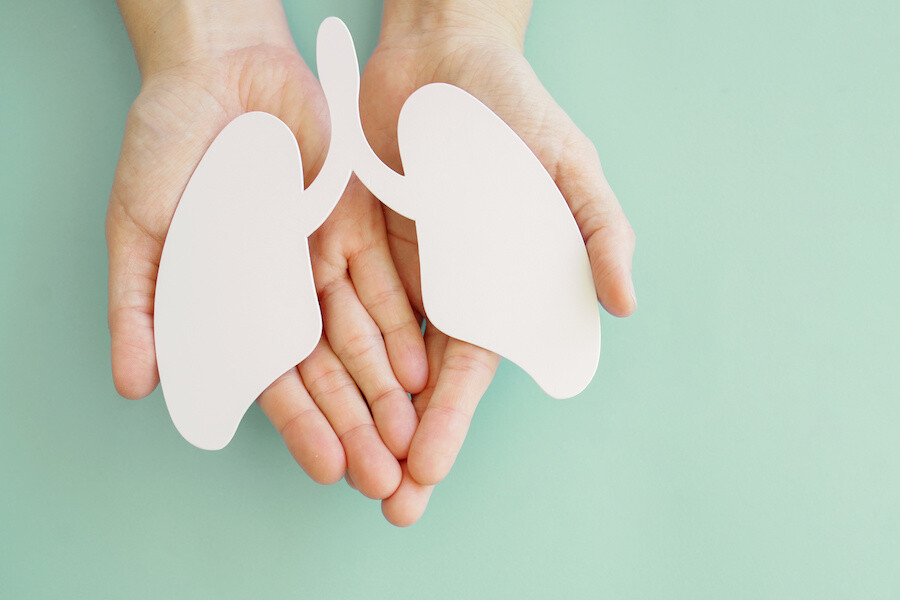Every year, on March 24th, we seek to raise awareness about tuberculosis (TB), a serious but preventable and treatable infectious disease. This year, Uncas Health District is asking residents of eastern Connecticut to “Think, Test, and Treat TB” — understanding the importance of early detection and treatment to stop the spread of Tuberculosis.
Tuberculosis remains a significant global health threat. In 2022, more than 10 million cases of TB were reported worldwide, and 1.3 million people died from the disease. In the United States, while TB cases have been on the decline, there were increases in reported cases in both 2021 and 2022. In 2022, there were 8,331 tuberculosis cases reported in the U.S.
A Local Perspective
While Tuberculosis is a global health concern, Connecticut has done a very good job at staying on top of active cases — leading to some of the lowest TB rates in the U.S. In 2022, Connecticut reported just 67 of the nation’s more than 8,300 cases — with just four reported in New London County.
Despite the low number of cases in Connecticut, it is important that people remain vigilant in the prevention of the spread of Tuberculosis. Much like the national numbers, the state’s reported cases in 2022 showed a 24% increase over 2021. Local health departments, such as Uncas Health District, continue to be excellent resources for those with questions or concerns about Tuberculosis.
Think. Test. Treat TB.
This year, we are highlighting three critical steps in the fight against Tuberculosis:
- Think: Be aware of the risk factors for TB. These include close contact with someone with TB, having a weakened immune system, being from a country with high TB rates, and substance abuse.
- Test: If you experience symptoms like a persistent cough, weight loss, night sweats, or fever, get tested for TB. A simple skin test or blood test can diagnose TB infection.
- Treat: If you are diagnosed with TB, it’s crucial to complete the full course of antibiotics, even if you start to feel better. Incomplete treatment can lead to drug-resistant TB, which is much harder to cure.
Latent TB Infection vs. TB Disease
It’s important to understand the difference between latent TB infection and TB disease:
- Latent TB Infection: People with latent TB infection have the TB bacteria in their bodies but are not sick and cannot spread the disease to others. The immune system usually keeps the bacteria in check, preventing them from multiplying. However, people with latent TB infection can develop TB disease if their immune system weakens.
- TB Disease: People with TB disease are sick and can spread the bacteria to others through coughs and sneezes, so this is why the “THINK. TEST. TREAT” message is so important to remember.
Early detection is key to stopping the spread of Tuberculosis. If you think you might be at risk for TB, talk to your doctor about getting tested. Early diagnosis and treatment can prevent TB disease and save lives.
Additional Resources:
- Centers for Disease Control and Prevention (CDC) TB webpage: https://www.cdc.gov/tb/default.htm
- World Health Organization (WHO) TB webpage: https://www.who.int/health-topics/tuberculosis
